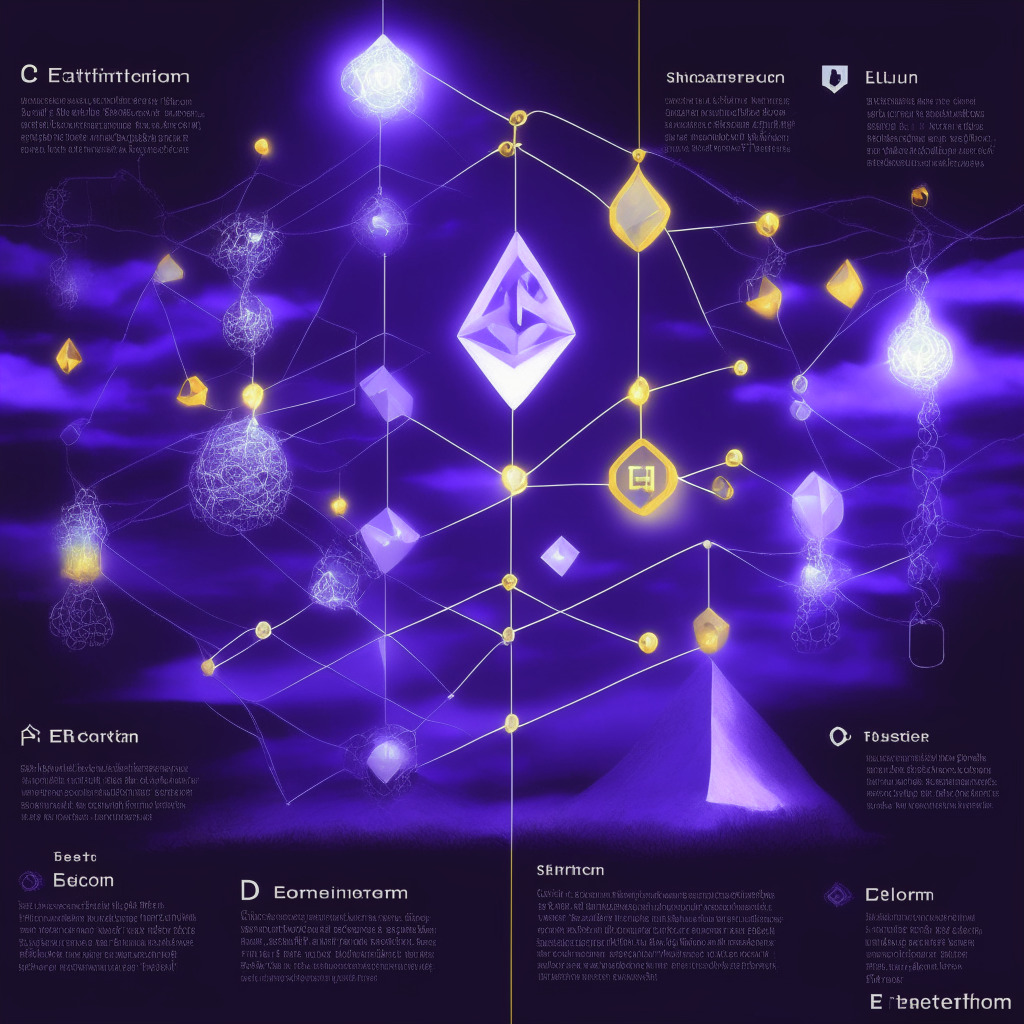On the evening of May 11, Ethereum’s Beacon Chain experienced an unexplained interruption, with transactions coming to a halt for nearly 30 minutes. New blocks were proposed, but an unidentified issue prevented them from being finalized. However, this temporary lapse did not deter Ethereum’s resilience, as transactions continued as usual and finalization resumed once the problem was resolved.
This is not the first time Ethereum has faced such an issue. On March 15, low validator participation rates led to a delay in the Goerli testnet version of Ethereum’s “Shapella” upgrade. This upgrade was eventually executed successfully on April 12. The Beacon Chain, which has been Ethereum’s main Proof-of-Stake blockchain since its inception in 2020, was merged with Ethereum’s pre-existing Proof-of-Work chain on September 15, 2022. This move facilitated the network’s transition to a more efficient and environmentally friendly Proof-of-Stake consensus mechanism.
Finality was restored to the mainnet after 25 minutes, as announced by Ethereum core developer and Prysmatic Labs co-founder Preston Van Loon. The root cause of the problem, however, remains unknown, and researchers are investigating the issue to prevent it from happening again.
While some may view this interruption as a significant concern for the stability of Ethereum, others argue that it demonstrates the robustness and adaptability of the blockchain. Data from blockchain analytics provider Beaconcha.in revealed a sudden decline in the number of attestations during Ethereum epochs 200,552 to 200,554, but the downtime was relatively short-lived.
Pseudonymous Ethereum consultant @Superphiz highlighted “client diversity” as a key factor in mitigating the impact of the loss of finality. He suggested that if no client had more than a 33% control share, this would have prevented the issue entirely. Client diversity refers to the variety of software clients available to network validators, which is important for maintaining a secure and robust network.
In light of this incident, Ethereum’s community can learn from the experience and work on improving the overall diversity and resilience of the blockchain. Although the root cause of the issue remains unidentified, further research will help uncover any potential issues to prevent future interruptions. As Ethereum’s user base expands and the technology continues to evolve, the network must strive to maintain a balance between innovation and stability.
One aspect worth considering is the potential for interoperability between Ethereum’s ZK-rollups and other blockchain technologies to help bolster the network. Ensuring widespread use and adoption of these technologies will ultimately increase the overall robustness of the Ethereum ecosystem, making such interruptions a thing of the past.
Source: Cointelegraph




